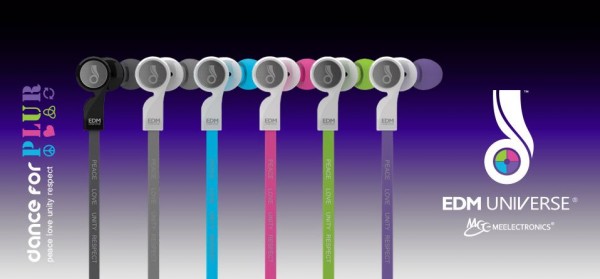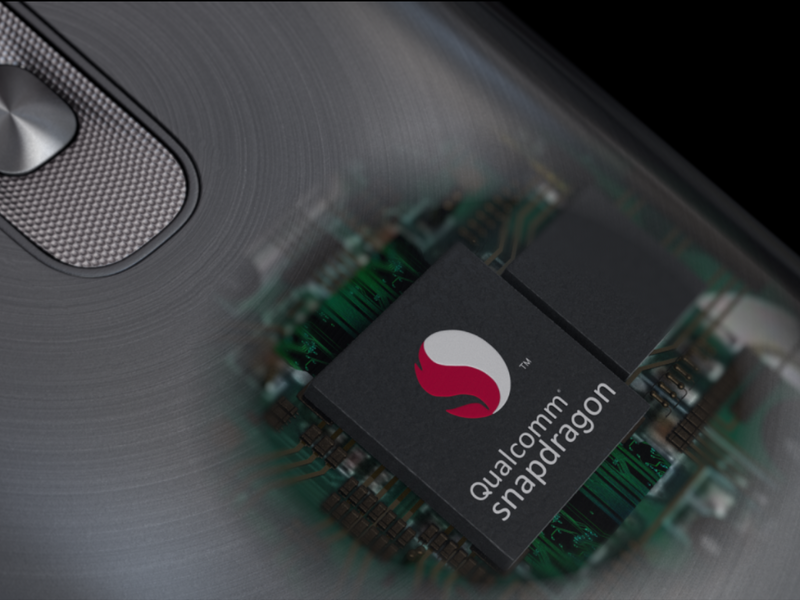 Recently, it was reported that demand for the Nexus One (Google’s version of the Android phone) lagged significantly behind that of the Motorola Droid and the iPhone. Approximately 135,000 Nexus One units were sold during the first 74 days since the product launched compared to 1.05 million Motorola Droid and 1 million iPhone units.
Recently, it was reported that demand for the Nexus One (Google’s version of the Android phone) lagged significantly behind that of the Motorola Droid and the iPhone. Approximately 135,000 Nexus One units were sold during the first 74 days since the product launched compared to 1.05 million Motorola Droid and 1 million iPhone units.
A comparison of these sales figures has some questioning whether there was much demand for the Nexus One phone or more broadly the Nexus One ideology (unlocked, open source).  At first glance, one could attribute the difference to marketing (web only vs. media blitz) and/ or distribution strategy (in-store, online, kiosk, etc. versus web only) but in my opinion, these figures are not comparable for one key reason and that’s business strategy.
Google made it clear prior to the launch of the Nexus One handset that Google would be happy if they sold 120,000 units in 2010. So in Google’s eyes, the Nexus One offering was a success. But why would Google shoot only for such a small percentage of the 2010 smart phone sales (especially since the Nexus One has arguably the best all in inclusive hardware offering)? My guess is because Google is studying the mechanics of the cell phone industry, customer needs and behavior, distribution, on-line sales support, and building an effective infrastructure to accommodate all of these things.
Verizon (Motorola Droid) and AT&T (iPhone) already have vast amounts of experience supporting the cell phone industry (or lack thereof). Why would Google take a chance on blitzing the media with Nexus One advertising and risk not having an effective infrastructure to support the product offering (especially since the Nexus One was their first product offering in this type of capacity). Google has multiple handsets out in the wild already which run the Android Operating System but Google does not provide or supply end user support, distribution, or in broader terms take complete ownership over the product offering. My guess is that Google “quietly” released the Nexus One as a means to learn about their new role and once they were comfortable (learned from their mistakes) and concluded what they built was scalable, then go ahead with an aggressive marketing campaign and release the device on multiple carriers both domestic and foreign.
Remember that T-mobile is the smallest of the four primary cell phone carriers in the U.S. Google needs an unbiased test group (dog fooding only goes so far) to use for feedback.  Why risk upsetting 500,000 hand set owners tripping over your own feet on say Verizon when Google can limit the collateral damage to 135,000 by launching on T-mobile.
With this said, Google has released or announced the release of the Nexus One on other carriers over the last couple of weeks. At the same time, I have seen a much more aggressive web based advertising campaign. My guess is that Google has reached their comfort zone and is now ready to wage war against other smart phone devices.
Customer satisfaction is as much an art as it is a science. The question now is, has Google acquired enough talented artists and provided them with the appropriate canvas to express their artistic abilities? My guess is we’ll see over the next 12 months.









